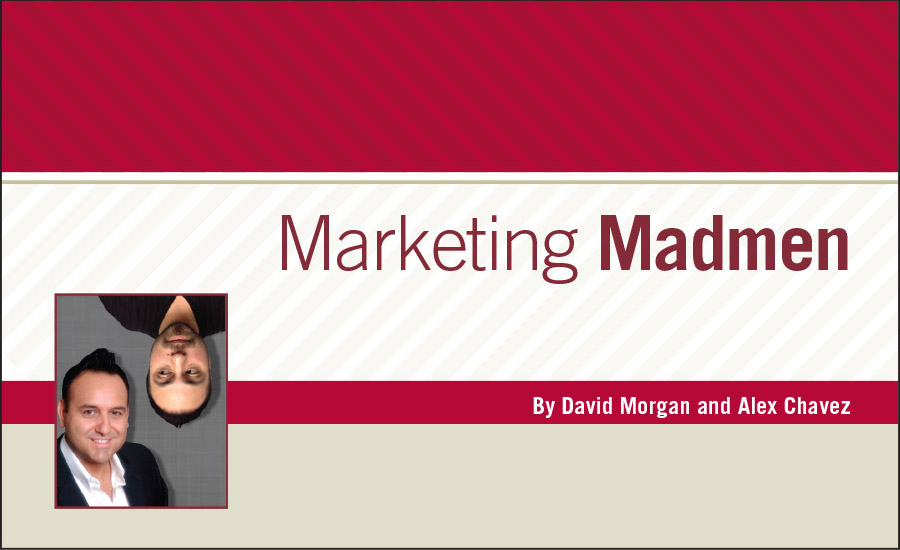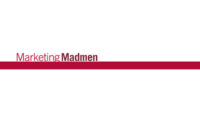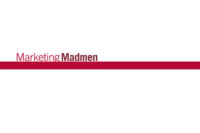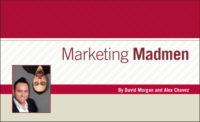When talking with potential new customers over the phone, they often ask, “What do you think of my logo? Should I change it? Does it hold up with others in the industry? Should I redo my logo?”
Then when we tell them our honest opinion, they often get offended. We’re simply here to improve your brand and your marketing and to increase your inbound leads. If telling you the truth hurts, don’t ask, right?
We get it — there’s some emotional equity built into your logo, but ask yourself, what’s more important: having a subpar logo that diminishes your credibility or looks as if a 15-year-old created it, or improving upon your brand, standing up with the competition and building better equity within your company’s brand?
So, the question remains, how do you go about creating a unique, simplistic logo that will withstand the test of time?
The first step is to do some research. We typically like to print out three to five of the local competitors’ logos to paste up on the wall. Logopond.com is a great site to get inspiration from; it is a website for designers on which multiple agencies show off their very best logos. If you’re willing to pay, a better site to see the best of the best is logolounge.com. Logo Lounge displays award-winning logos that get printed in books — the best of the best.
The next step is what we call the conceptualizing process. Write down anything that is relative to security: shields, locks, crests, octagons or whatever. If your company name is an easy one like Eagle Security, start to write down different parts of the eagle (i.e., talons, feathers, yellow beak, etc.).
Next, start to list what makes your company different from competitors. Is it impeccable customer support? Is it a 21-point inspection process your company does prior to giving an estimate? Whatever the case may be, write it all down.
Now, how would you like to use your logo — on car wraps, on invoices, embroidery, etc.? And will you be using social media to drive any campaign messaging in the future? These are important to note. If you plan to use social media, you should use some type of icon that is heavily branded with your company for recognition. Logos that are too long width wise don’t typically do well for your company or personal profile picture on Instagram, Facebook or LinkedIn, as these areas are typically more rectangular.
The next process we like to do in-house is to write out the company name in a simple font like Arial or Helvetica. We’ll then take a step back to see the shapes of the lettering. If the client wanted a crest in the logo we’ll look at letters like W, D, V or U because these letters can easily be turned into shields/crests within the lettering of the logo itself.
After we write down multiple ideas, sketch out letters that form symbols, or conceptualize any other ideas, we’ll then turn to the computer. The conceptualizing process helps us to stay focused and to keep the design moving forward. Remember, it’s not just about something slick looking; it’s about your brand, image and tone of your marketing. It’s the first thing potential customers will see — make it impressive.
So once you start to design your actual logo in the computer, ask the designer to create it in black and white first; we find clients often choose a logo based upon a color scheme rather than on the premise of the logo, but this is a big mistake.
Try to create no more than three in black and white. Once you have a rough idea in the computer of a logo you like, print it out and show it to friends and family, again in black and white.
After you get some feedback and you choose hopefully one, start to throw your color scheme into it. Logos with more than two colors will cost more when it comes to screen printing, embroidery or on cards. Keep it simple!
After you’ve decided and have the final version, have your designer digitally impose it onto t-shirts, vehicles, business cards, billboards and as a sign on your building even if you’re not going to do any of this right away. It’s best to see visually what it would look like no matter what.
The final product must be something that will withstand the test of time, no matter what fad is in style. You must be proud of it and be strict with a logo guide provided by your designer on how your logo is allowed to be used, stretched, imposed, etc.






